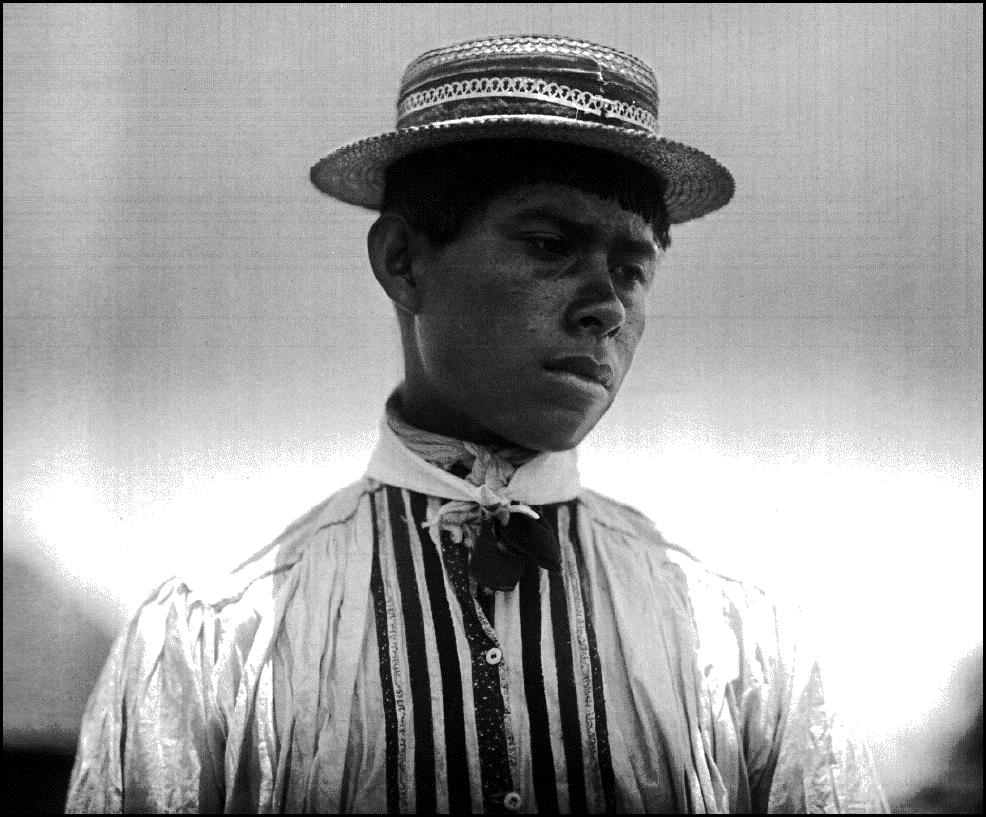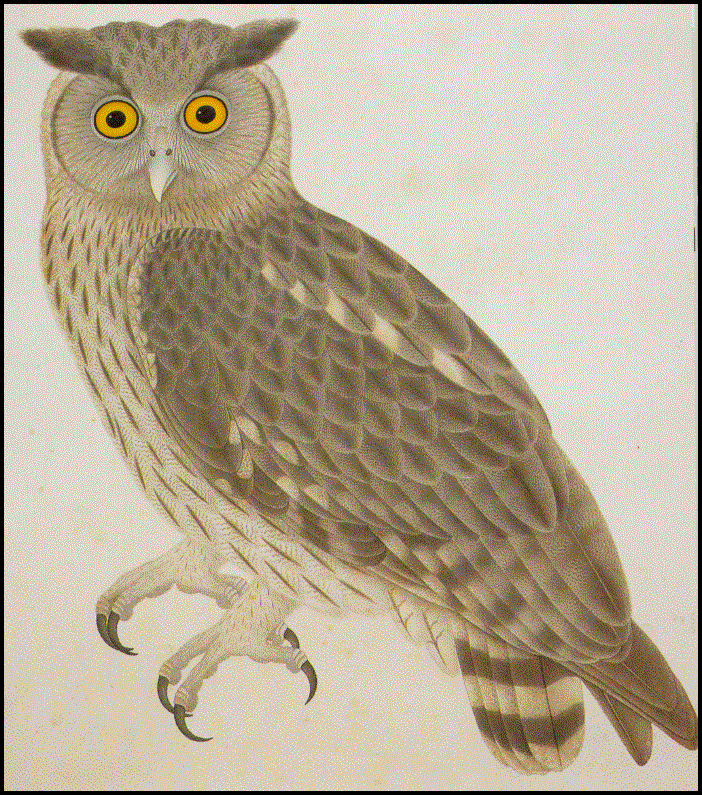E. O. Hoppé
came to America in 1919, immediately after World War I, intent on setting up a studio to
photograph the rich and the prominent in New York City. At times, he also
slipped out of his studio to study "the down and the out," the poor people of the Bowery
and the Lower East Side. He stayed in this country for two years, returned to Europe,
then returned, eventually taking his camera through the northeast, the south and the far
west, photographing people, natural landmarks, and industrial America.
These
"modernist" pictures make an unusual juxtaposition of horizontal and vertical lines:
overhangs, wires, transmission towers, with an artful perspective. Hoppé used a wide-angle lens, one that made it possible to join the
distant and the close-at-hand without losing focus.
The editor of this volume suggests
that the pictures made in New York, Boston, Chicago, and the manufacturing centers of the
middle west are composed much as "a shift supervisor might see them: a cascade of forms in
chaotic rhythm, punctuated by the steel beams of the vertical. "The majority of the 150
photographs in this volume are what you might label as "Industrial Bleak. "But as
Marshall McLuhan would have it, the products of yesterday's factories --- indeed, the
very factories themselves --- will become tomorrow's antique icons. So it is
with these shots of conveyer belts in Detroit, the industrial slums of Alexandria, the
Woolworth Building in New York City, the new, uniform suburbs of 1920s west coast America.
Hoppé shows a magisterial hand. He sets his
camera perfectly to insert a cross-purpose in every scene: steel beams going that way,
transmission lines going this, a roof over there. It is a photographic style
that is both architectural and subtly transforming. The stockyards of Chicago reveal a
crisscross artistry of light and shadow. The pictures of factories, cityscapes, and
buildings chosen for inclusion in Amerika outnumber the studies of faces, but the
latter are daring close-ups: faces of beggars, farmers, the poor, blacks,
and American Indians [see "Yakima Indian, 1926" above].
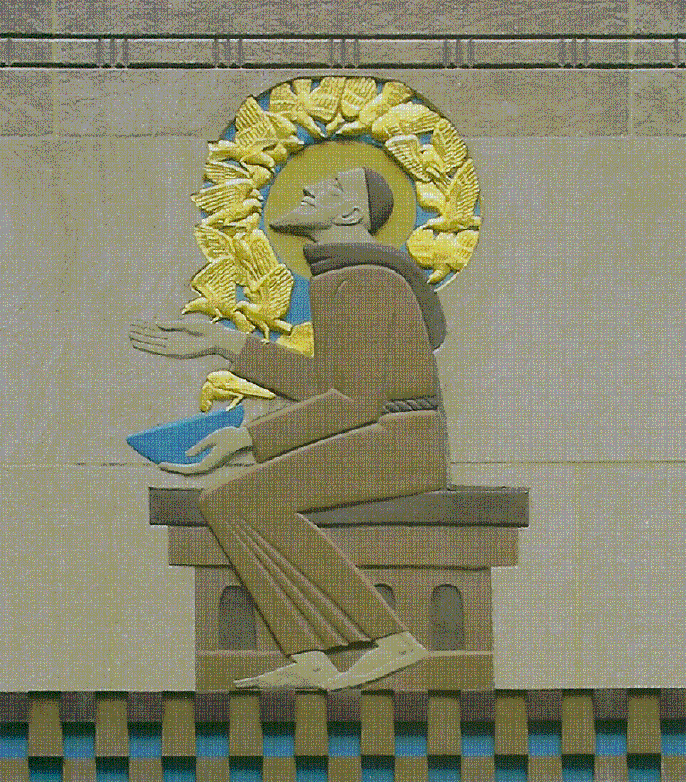
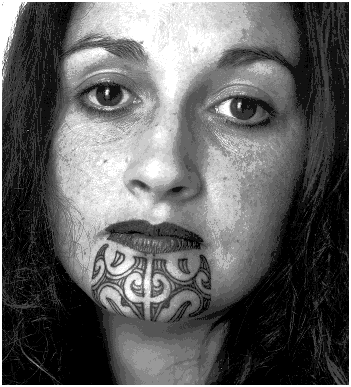
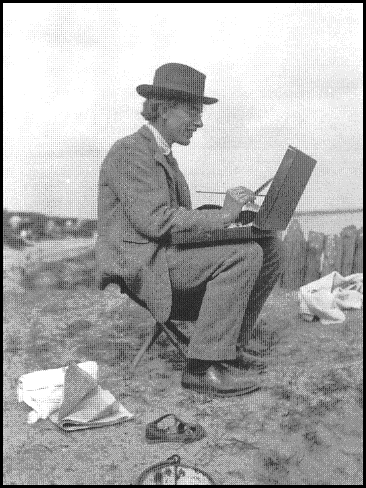
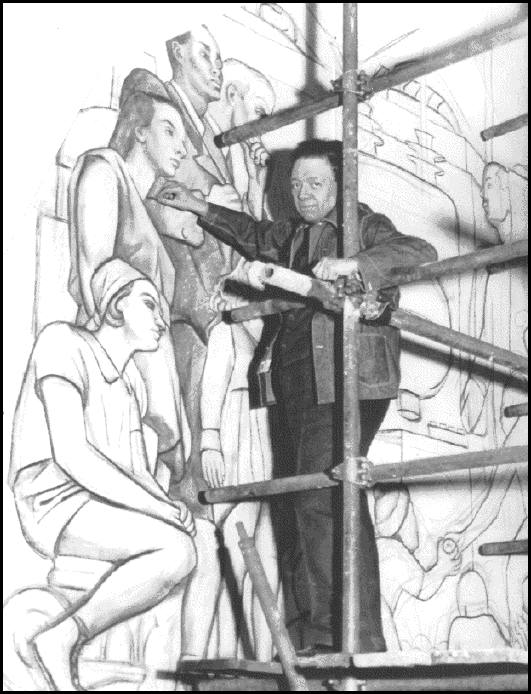
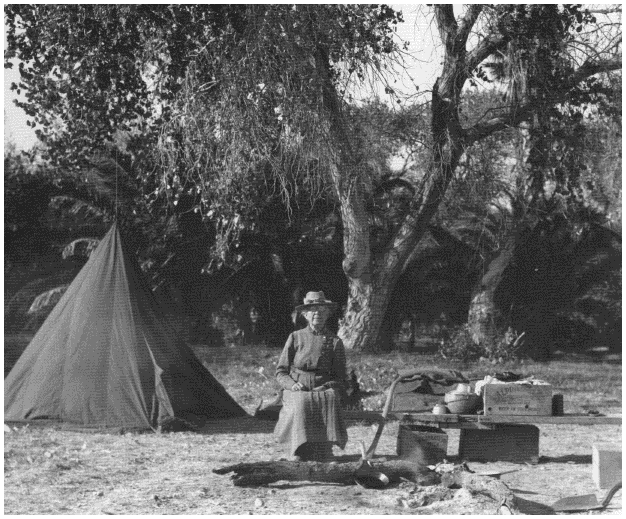
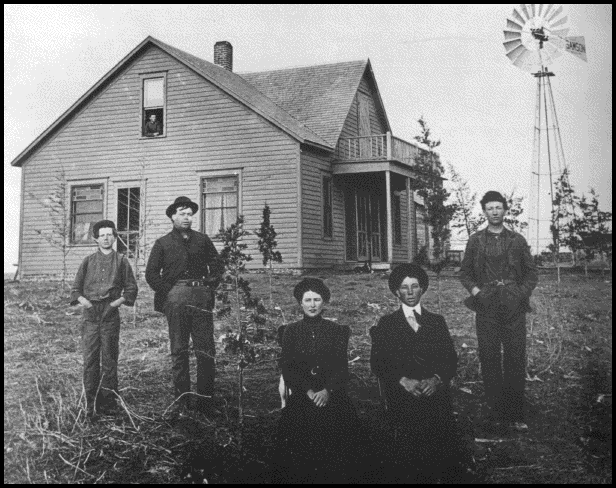
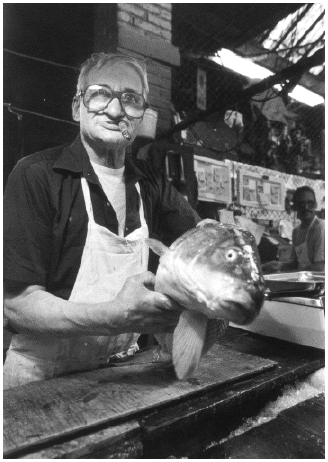
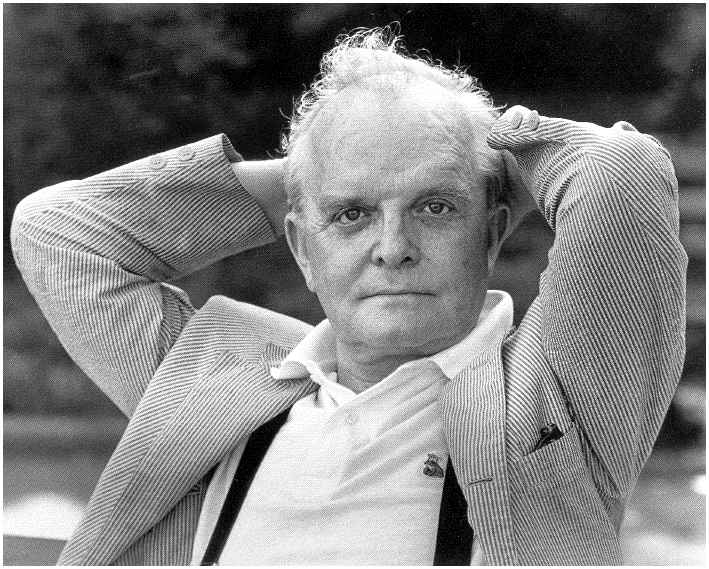
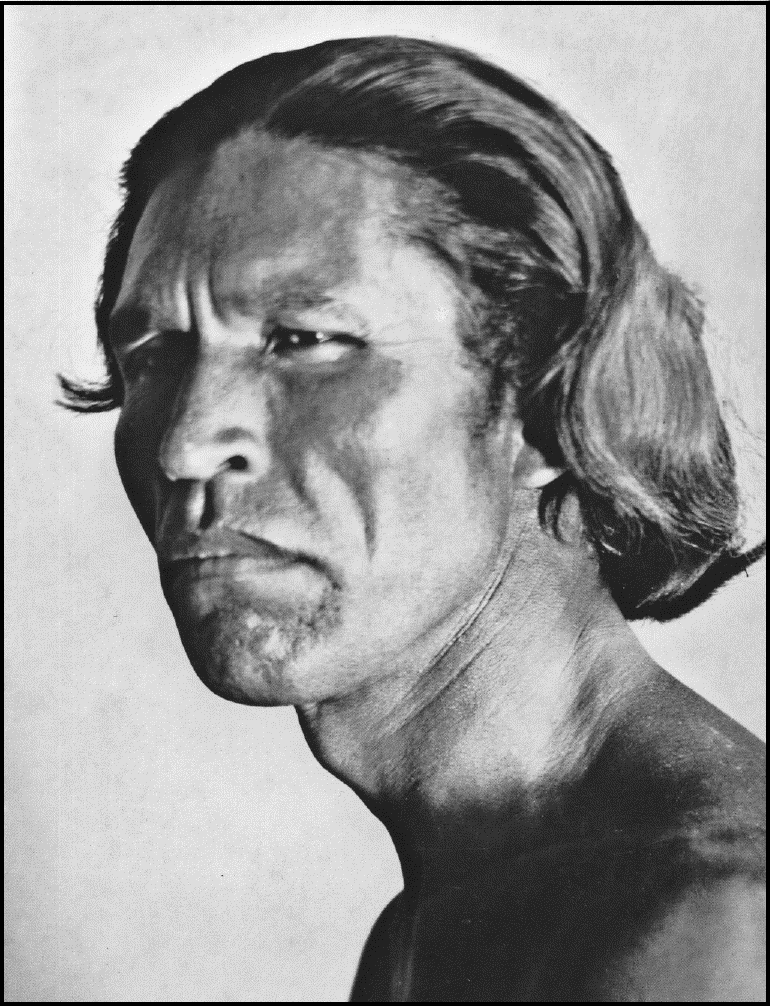

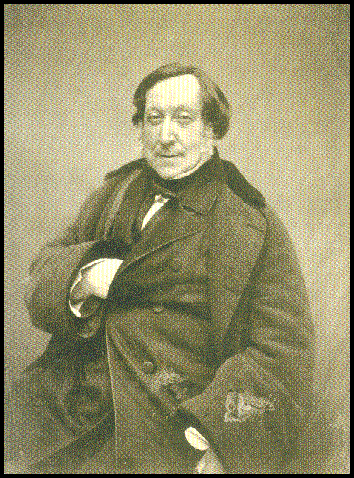 Rather than give us an exhaustive history of
photography early and late Peter Stephan has chosen to give us an overview. He
has the advantage of the cut-off number --- only fifty masters --- along with the natural
limitation of his working space (13"x13"). He has --- through the publisher
--- had access to superb reproduction from the firm Druckerei in Germany.
Rather than give us an exhaustive history of
photography early and late Peter Stephan has chosen to give us an overview. He
has the advantage of the cut-off number --- only fifty masters --- along with the natural
limitation of his working space (13"x13"). He has --- through the publisher
--- had access to superb reproduction from the firm Druckerei in Germany.
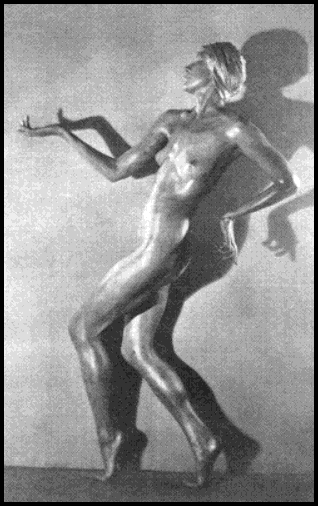
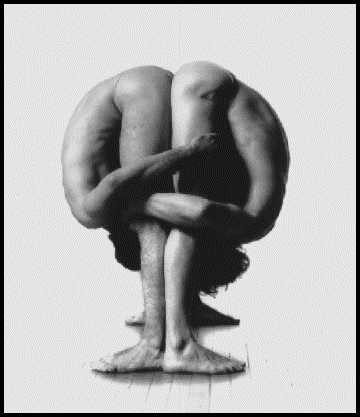 Lois Greenfield specializes in stark black-and-white photographs
of dancers. But it's not ballet members, locked in rigid steps,
in tutus. Better ... it's dancers suspended (through the magic of
photographs) in mid-air, human figures reflected back on each other, shadows and moves
that --- for this reviewer --- redefine bodies ... elegant bodies.
Lois Greenfield specializes in stark black-and-white photographs
of dancers. But it's not ballet members, locked in rigid steps,
in tutus. Better ... it's dancers suspended (through the magic of
photographs) in mid-air, human figures reflected back on each other, shadows and moves
that --- for this reviewer --- redefine bodies ... elegant bodies.